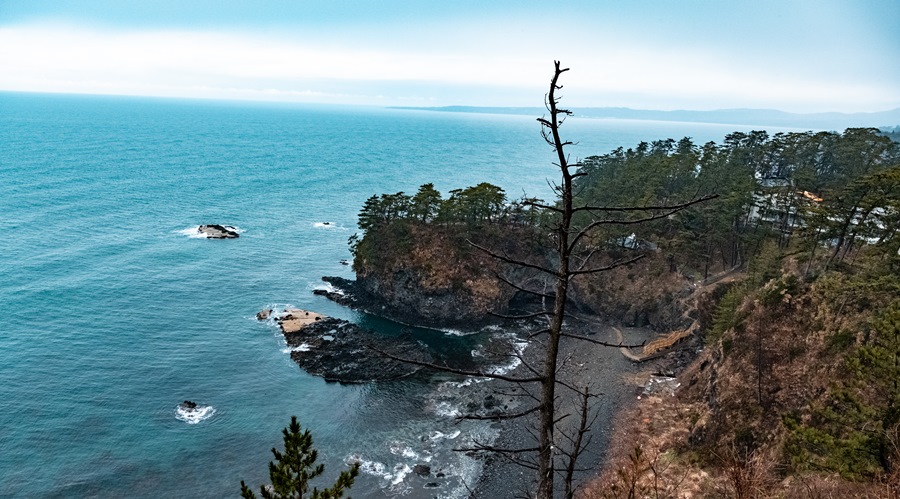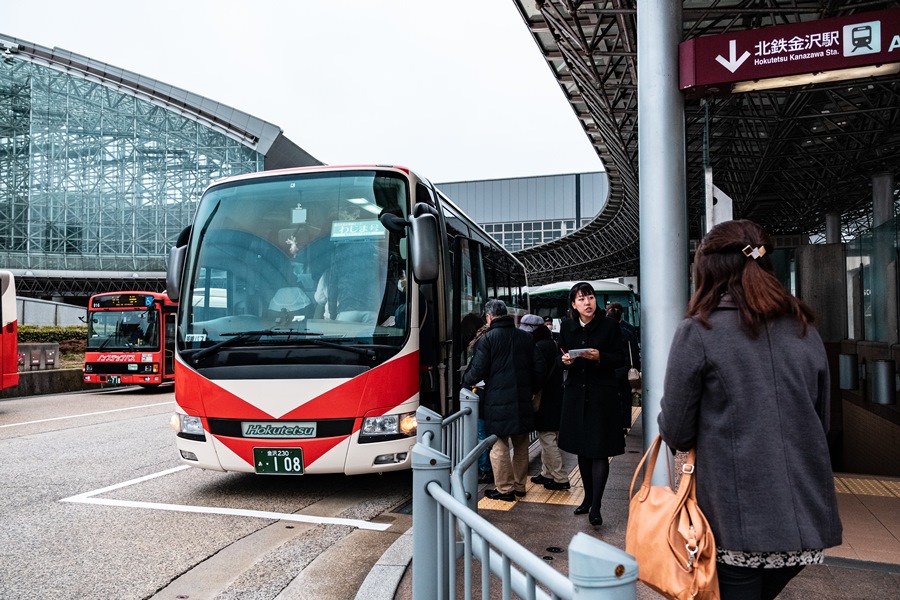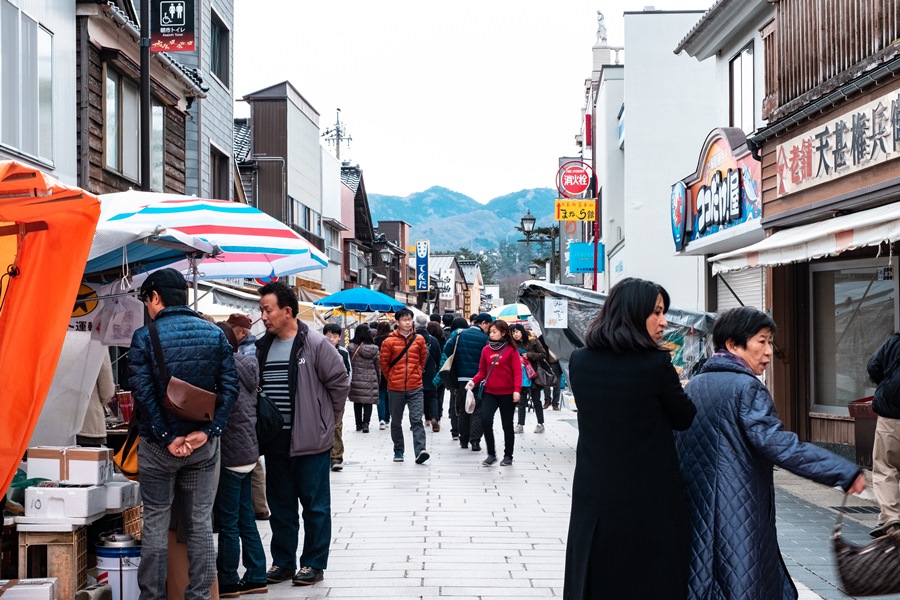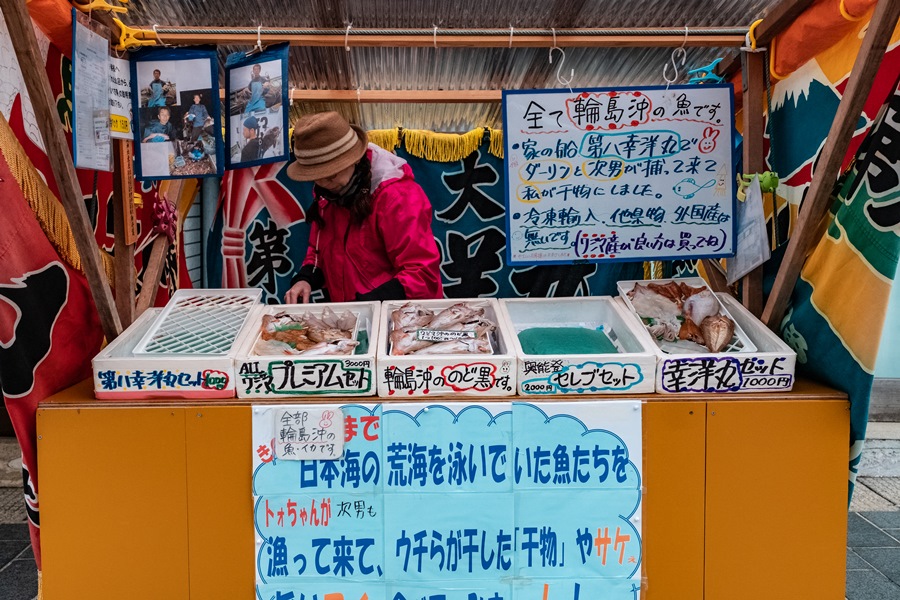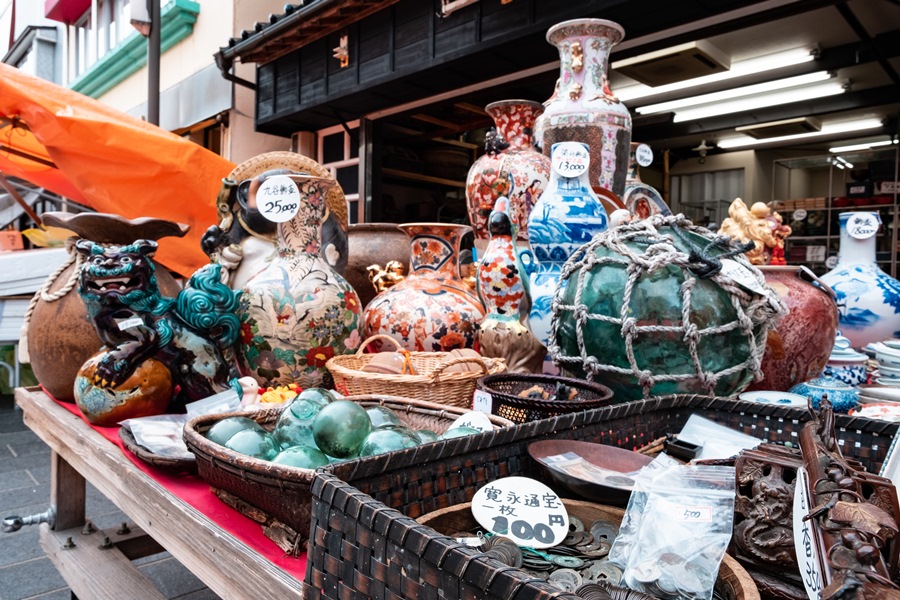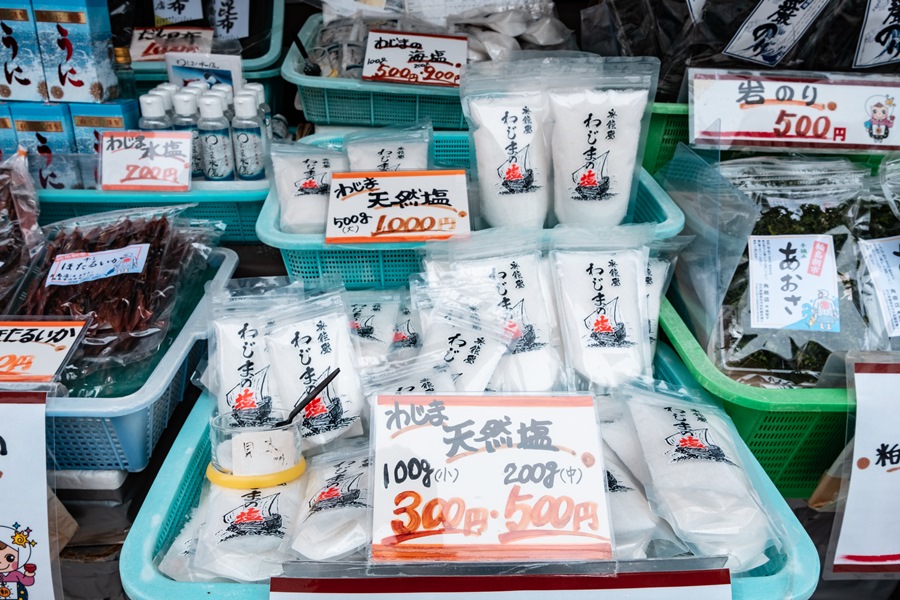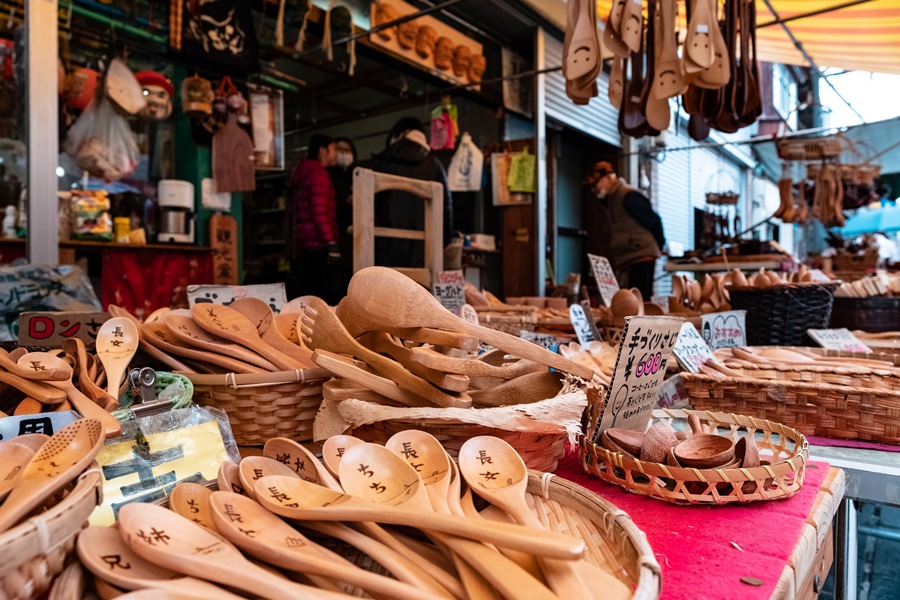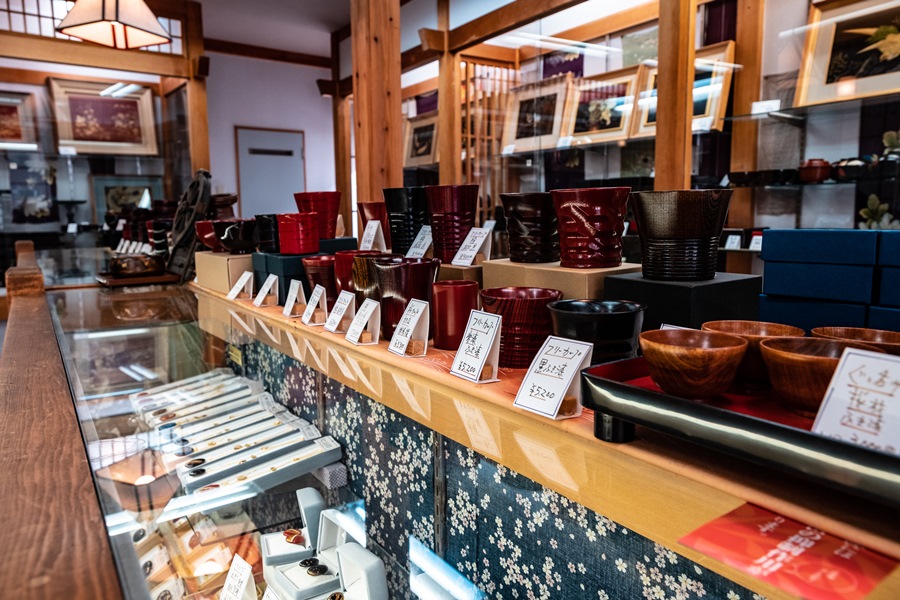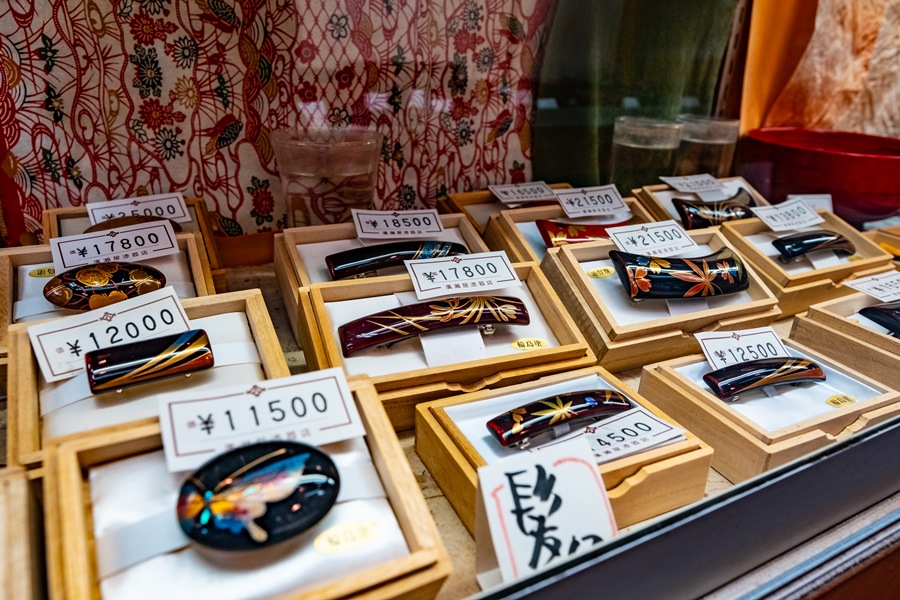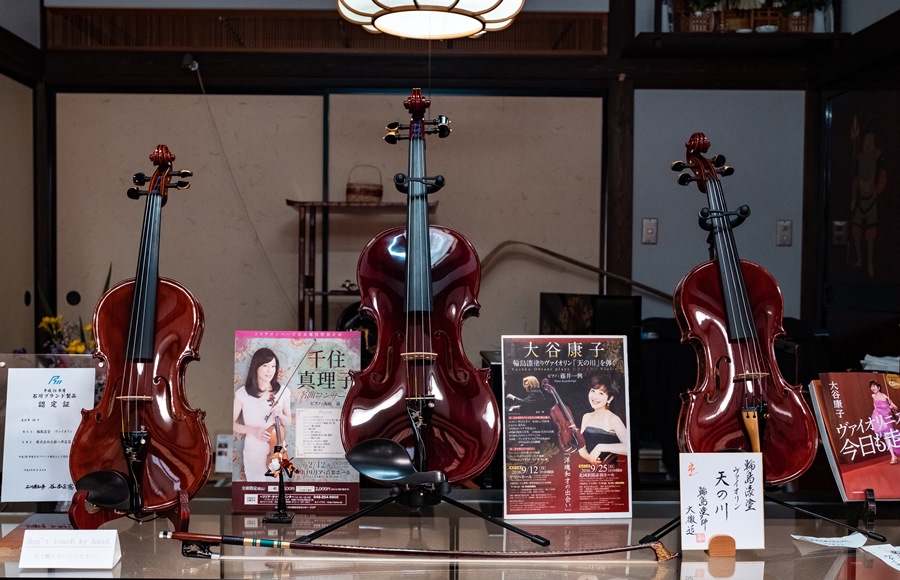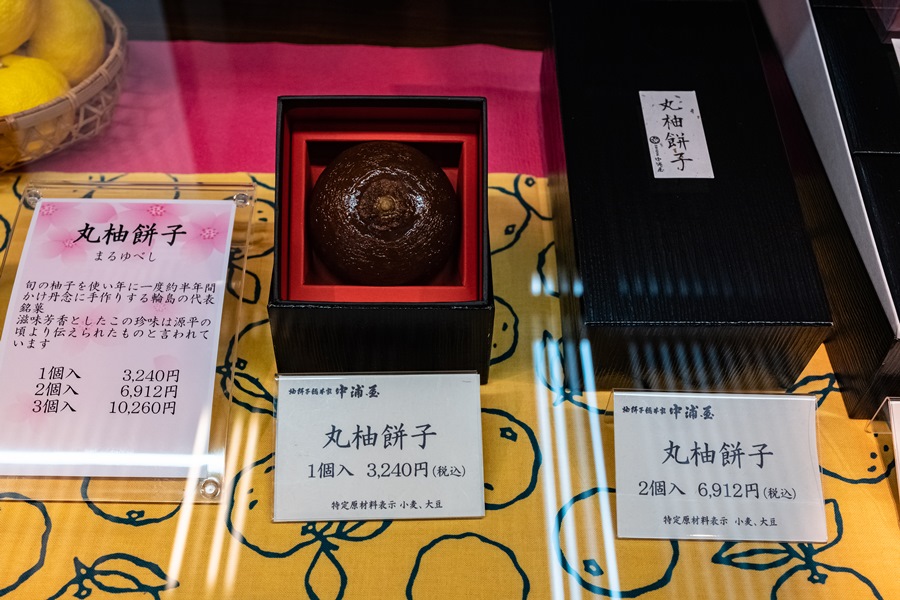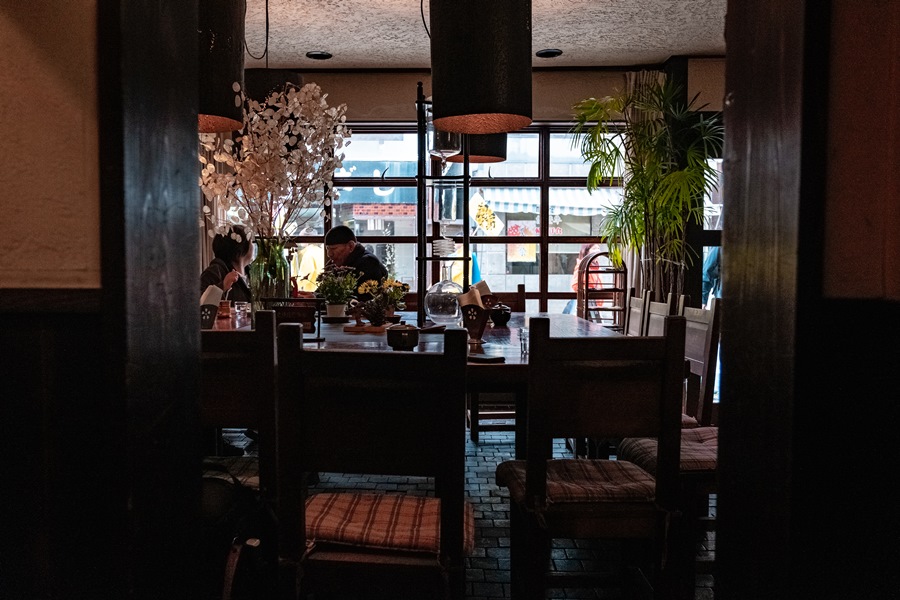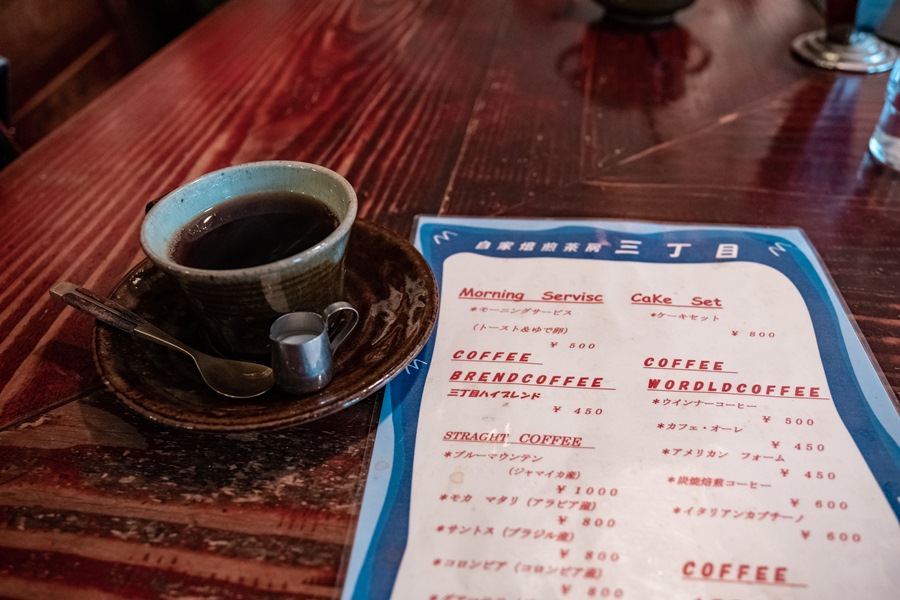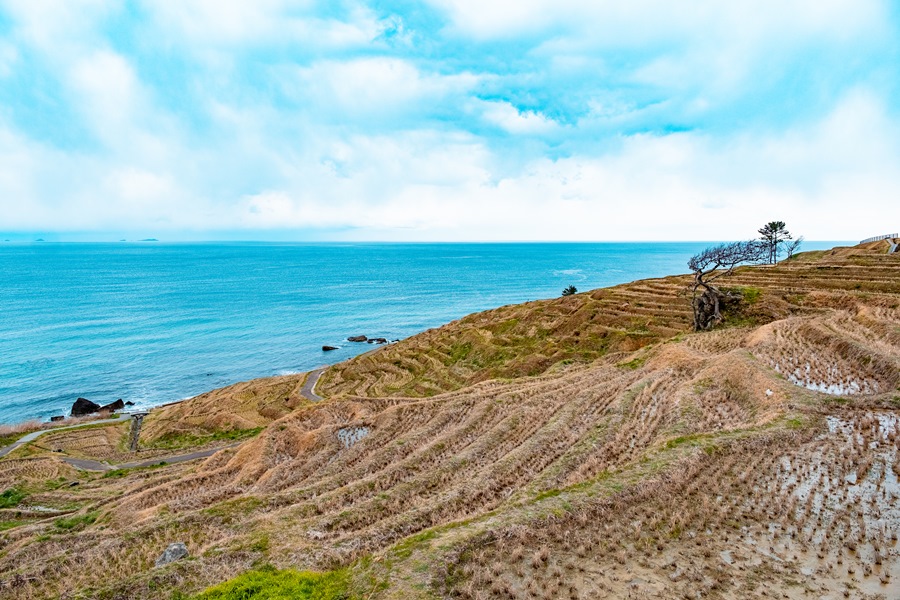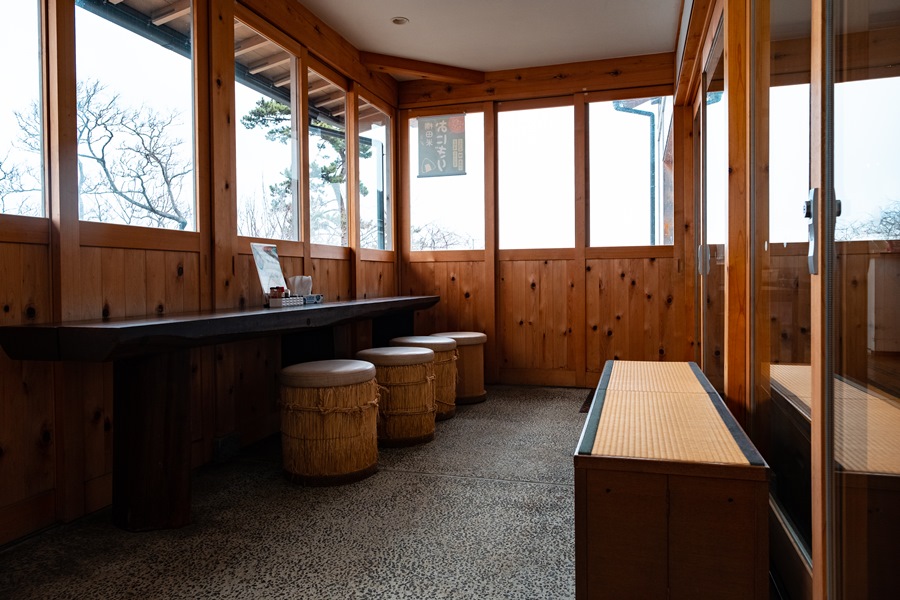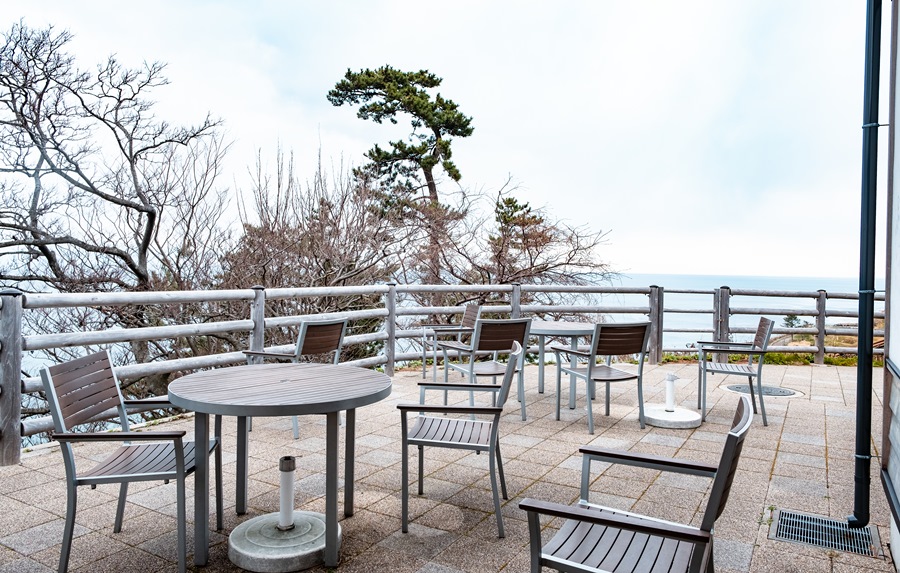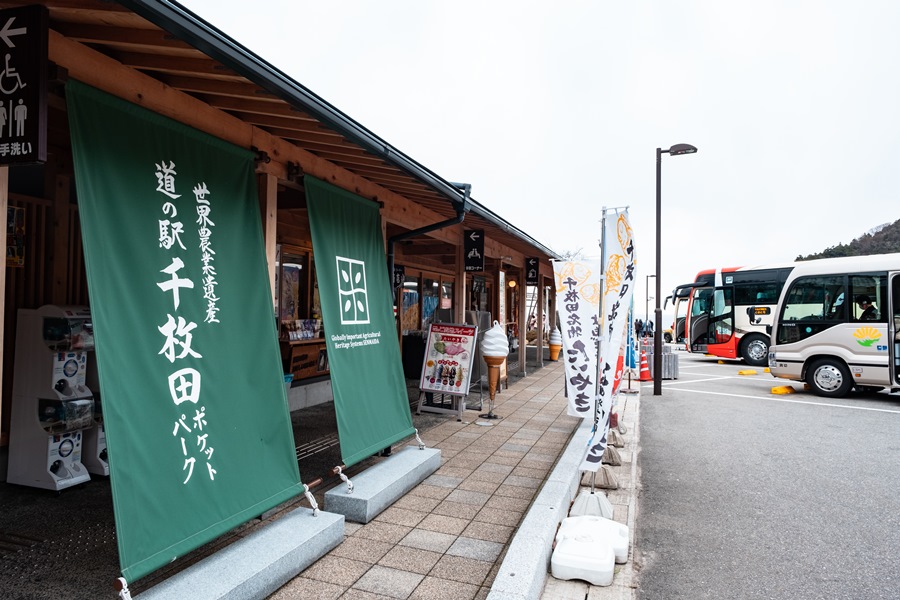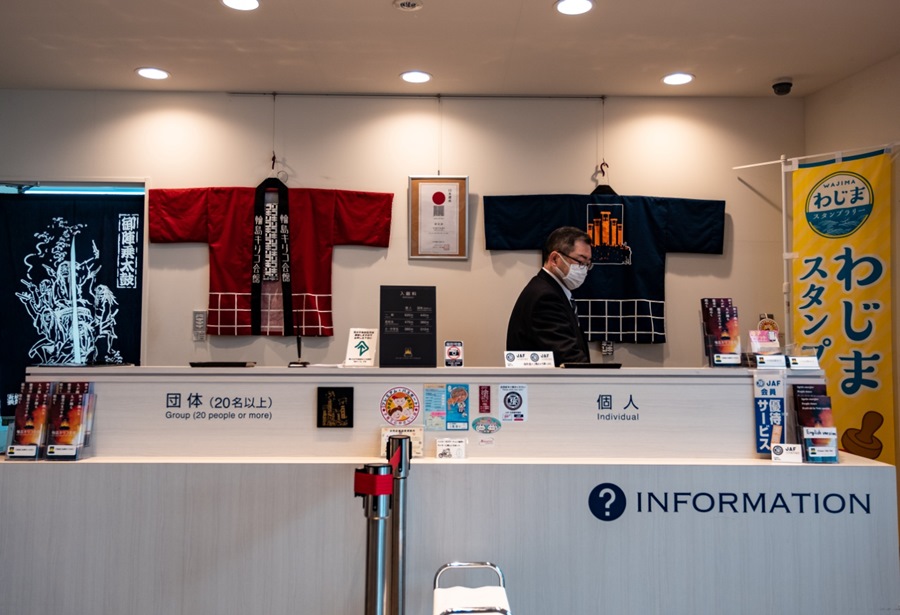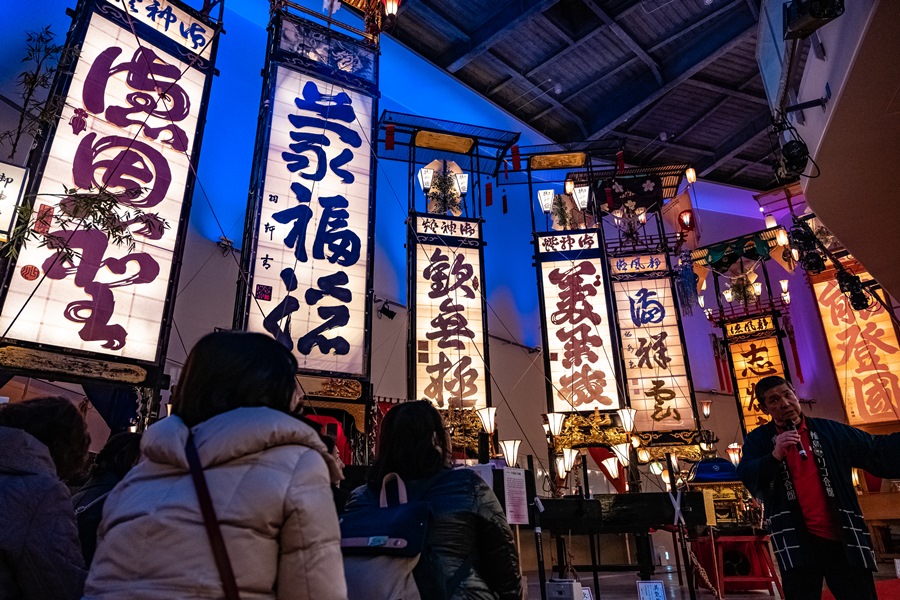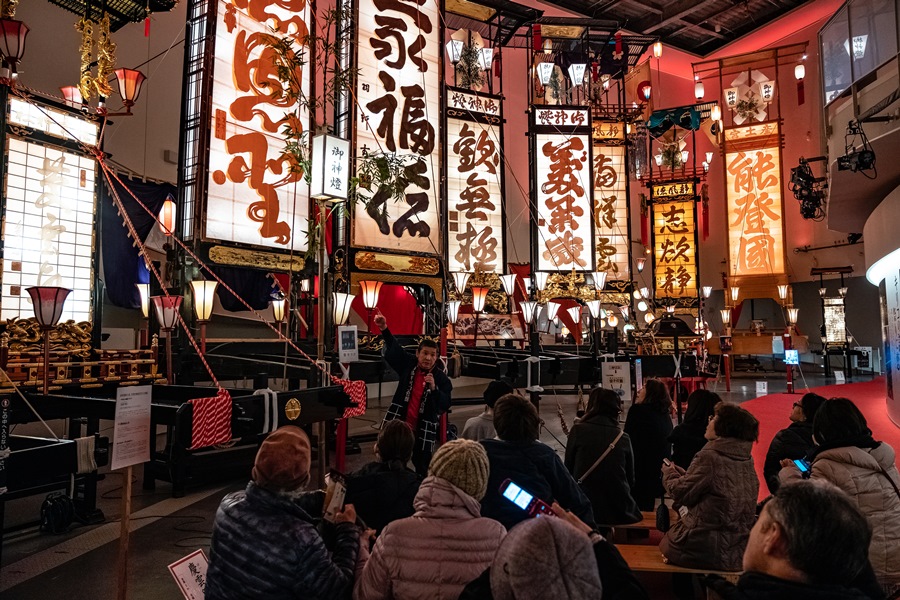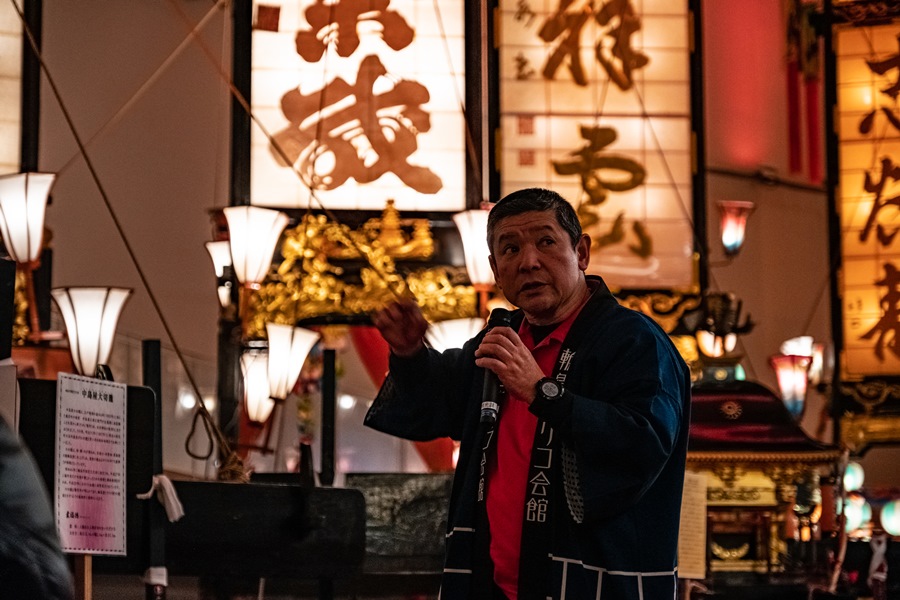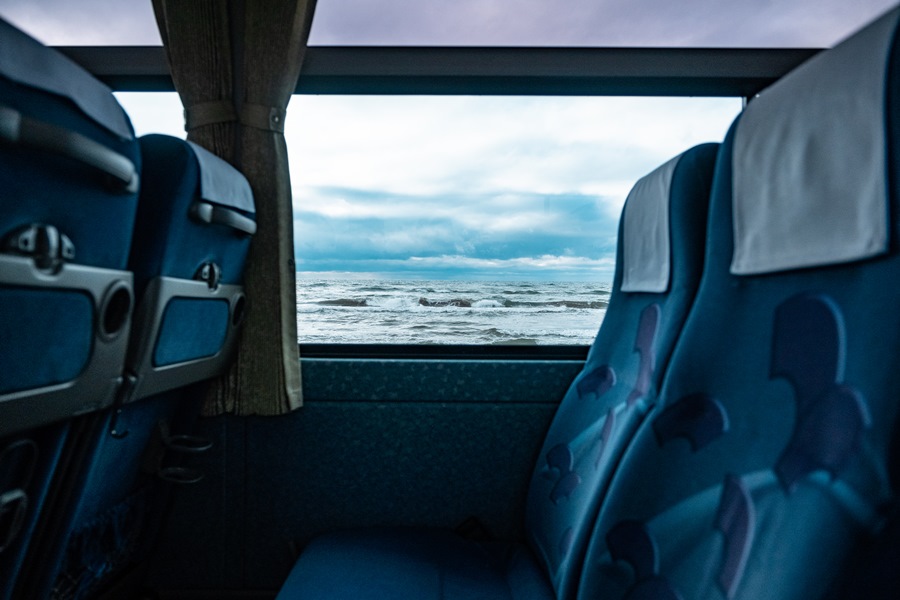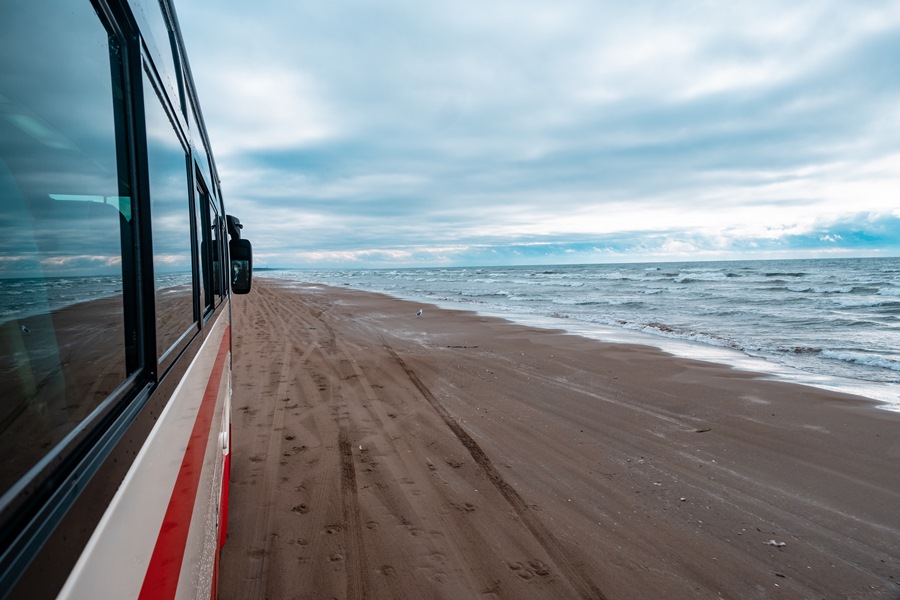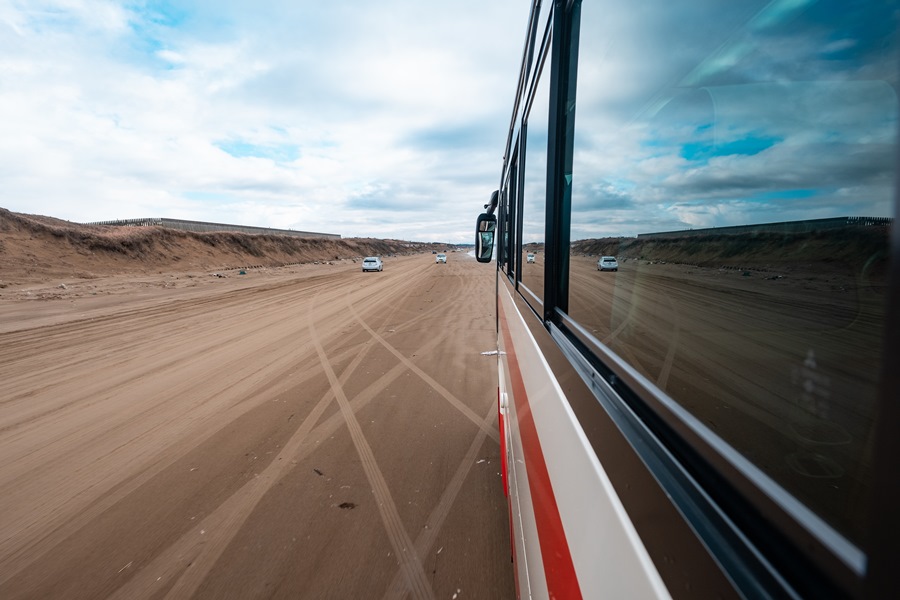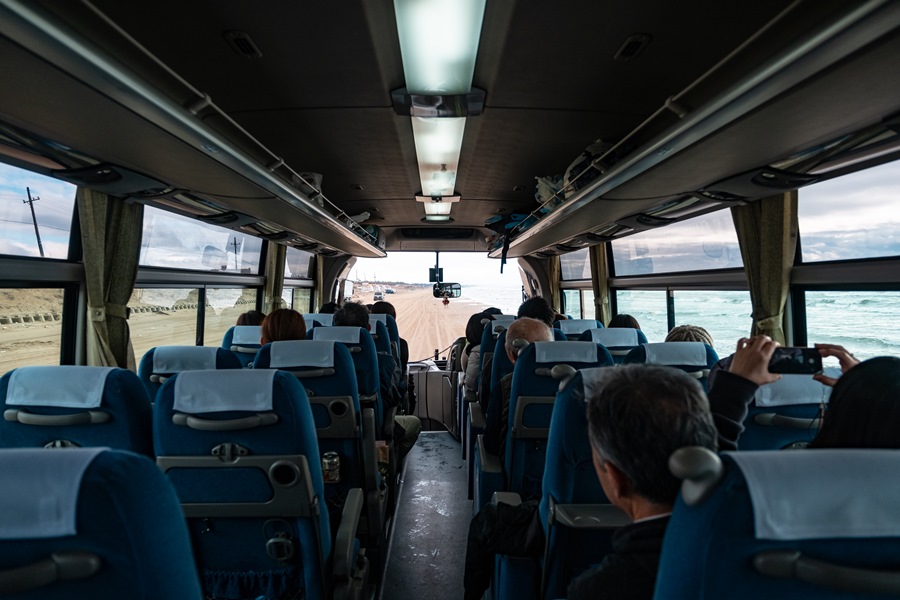Ride with the Waves at Wajima
|
|
Just north of Kanazawa lies one of Ishikawa Prefecture’s most attractive towns. Wajima City is about an hour’s bus ride from Kanazawa Station. Today, I took a tour along the coastline and through the lush green forests that blanket the mountains of north central Japan.
|
|
The tour included a guide who’s knowledge about the area and her abilities to serve as a host to the dozen or so travelers I was with really kept the momentum of the trip fun and informative. The principle language spoken along the way is Japanese of course, but there is a free downloadable app that accompanies the package so that travelers won’t miss any of the information on the tour.
Asa Ichi Morning Market
|
|
One of the most popular tourist attractions in the area is the Asa Ichi morning market located just along a fishing port. It’s been a site for one of Wajima’s largest industries for over a thousand years and visitors today can walk along same streets.
The main stretch of the market can be lined on either side with family-owned shops and smaller, tented stalls called “yatai”. There is a wide variety of fresh and preserved seafood, handmade crafts, fruit, and organic ingredients like freshly harvested sea salt from the neighboring Sea of Japan!
|
|
|
|
|
|
|
|
Lacquer ware is a Japanese art form that has not only been both embraced and perfected in this part of the country. It’s the shiny black and red wooden boxes most people think of when they hear about traditional Japanese bentos. Needless to say, lacquer craft making is a culturally significant practice and travelers are able to walk into one of the many boutiques that specialize in this prized commodity.
The extent of the art form however is not limited to boxes as you can see. Anything from ornaments to practical serve ware and even musical instruments can benefit from the fine craftsmanship, care, and dedication it takes to create such masterpieces!
|
|
|
|
|
|
Another unique product that is difficult to find in other places is a very special delicacy made in a very limited timeframe. Many might already know about the popular yuzu fruit indigenous to many coastal areas of Japan. But few might know about the special dessert that is known as “maruyubeshi”. When I say that this is a very special delicacy, I mean it takes an extraordinary amount of time, effort, skill, and patience to see this product from start to finish.
Essentially, a yuzu fruit is picked, and carefully cleaned of the pulp and white flesh so that only the rind is left. It’s a very delicate procedure as to clean enough of the bitter white portion of the fruit and leave only the fragrant yellow rind from the inside out. It is later filled with a special mixture of mochi and left to steam, then rest for a total of 6 months!
|
|
The 6 month procedure results in a uniquely sweet and salty taste with an indulgent but subtle hint of yuzu warranting an over ¥3,000 pricetag!
But if preserved citrus or lacquer art isn’t your cup of tea, you can sit down and relax at any of the several coffee shops located right along the main shopping avenue. It was a little chilly this time of year so I chose to drop in an inviting Japanese coffee shop or “kisaten” to enjoy a rejuvenating mug of blended coffee on a large communal table with other friendly travelers.
|
|
|
|
Senmaida Rice Terraces
After a generous amount of time to explore the market we were on our way to the next portion of the trip.
|
|
The Senmaida rice terraces are exactly what the name translates to; one thousand rice paddies. It’s one of the most revered locations in this part of the region. In fact, there is a national drawing for two lucky couples to have the honor of having a traditional Japanese-style wedding ceremony at Senmaida.
Due to the length of the trip, the tour makes periodical stops at service stations where you are able to grab a snack , take a bathroom break, or take in the sites of the coast.
|
|
|
|
|
|
Kiriko Museum
The next stop on the tour took us to the Kiriko Museum where one of the proudest traditions of the Noto Peninsula is showcased in a brilliant exhibit of color and culture. This portion of the tour includes commentary from another guide that describes the history and geography of the area as well as the significance of the “kiriko” floats that culminate in a region-wide festival or “matsuri”.
|
|
|
|
|
|
|
|
Riding with the Waves
After the museum, the bus made its way back to Kanazawa but not before finishing off the tour with an unbelievably picturesque drive along the beach! It’s a stretch of about 8 kilometers from beginning to end so you’ll have plenty of time to take some action shots or video of a highway bus driving right on top of the fine beach sand just a few meters from the water!
The Chirihama Driveway is a famous stretch of sandy beach that runs perfectly flush between the main highway and the coast of the Japanese sea. It spans the length of unbroken shoreline between Imahama Beach and Hakui-gun’s Chirihama Beach. The sand is soft to the touch but is still perfect for driving conditions even when wet! The granules of sand are so fine (roughly half the diameter of typical beach sand) that it is perfectly suited for bearing heavy loads and large vehicles.
|
|
|
|
|
|
|
|
The rest of the way back was a quick and easy reverse trip on the highway where we got off the bus and thanked our tour guide.
In total, it was a whole day’s well spent in one of the most interesting parts of central Japan I’ve ever been to, so we hope you get the chance to explore Wajima and the Noto Peninsula!
〜*〜*〜*〜*〜*〜*〜*〜*〜*〜*〜*〜*〜*〜*〜*〜*〜*〜*〜
↓↓For more information or to purchase, click here! ↓↓
SHORYUDO Bus Pass- Takayama, Shirakawago, Kanazawa-
〜*〜*〜*〜*〜*〜*〜*〜*〜*〜*〜*〜*〜*〜*〜*〜*〜*〜*〜




